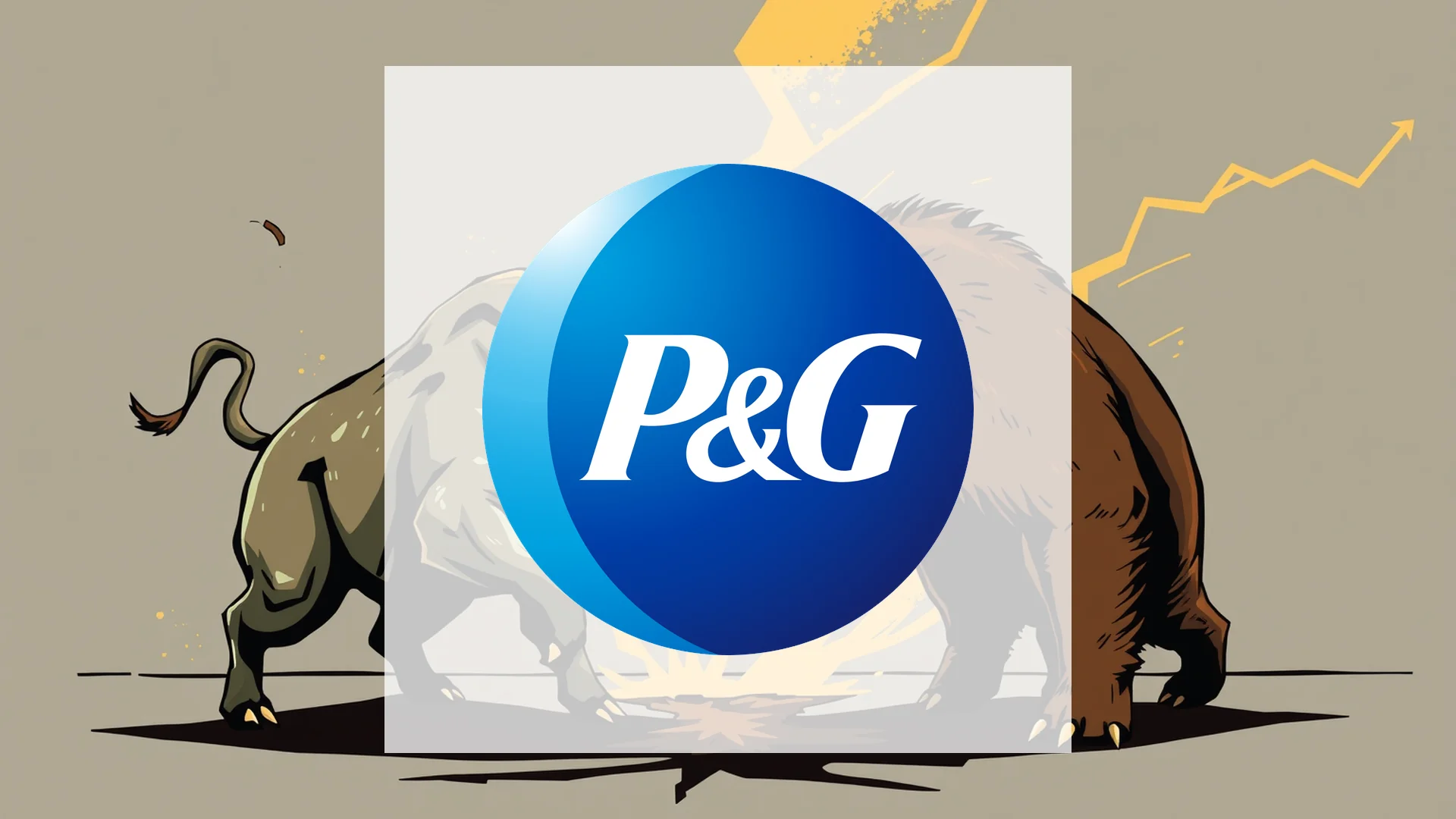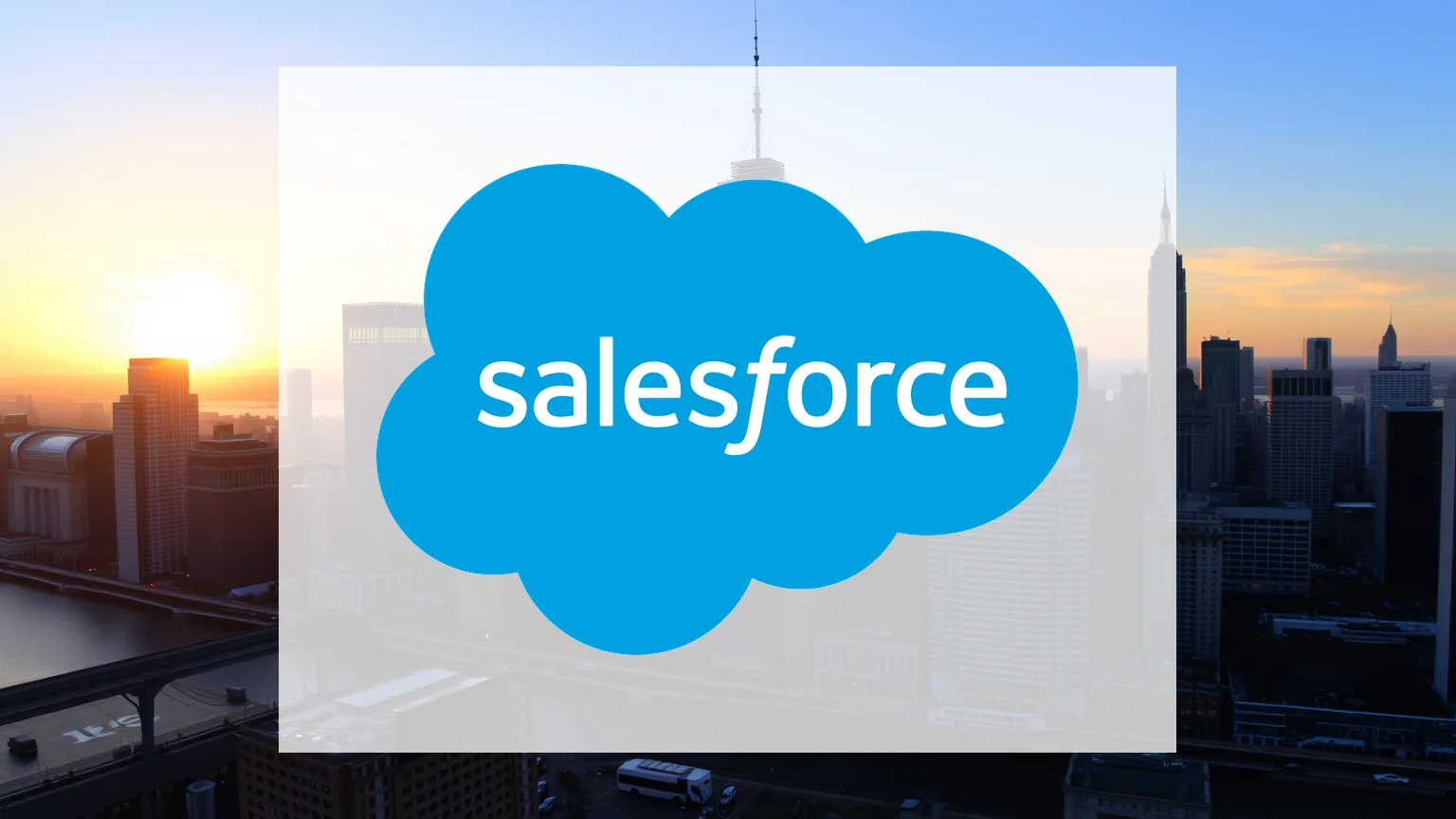Consumer products titan Procter & Gamble is making a bold move with a sweeping price reduction initiative. While appearing consumer-friendly, this strategy is a direct response to new tax legislation, unfolding simultaneously with a significant corporate restructuring. Market observers are questioning whether this dual approach will fortify the company’s competitive standing or ultimately pressure its profit margins.
Sweeping Price Cuts Triggered by Tax Reform
A fundamental revision to India’s Goods and Services Tax (GST) framework, effective September 22, has resulted in substantially lower tax rates on numerous consumer items. In a swift reaction, P&G is passing these tax savings directly to shoppers by slashing prices across nearly its entire product portfolio. In an intensely competitive market, this maneuver is viewed as critical for defending and potentially growing the company’s market share. The new pricing has already been communicated to retailers and consumers.
Key product categories seeing immediate reductions include:
Should investors sell immediately? Or is it worth buying Procter & Gamble?
- Hair Care: The price of a 300 ml bottle of Head & Shoulders Cool Menthol shampoo has been reduced to 320 rupees from 360 rupees.
- Baby Care: Pampers diapers and baby wipes are now significantly cheaper following a massive GST cut for these items.
- Shaving: A 30g tube of Gillette shaving cream now costs 40 rupees, down from 45 rupees.
- Oral Care: Oral-B toothbrushes have been reduced in price to 30 rupees from 35 rupees.
Major Restructuring Complements Pricing Strategy
Running parallel to its pricing offensive, P&G is executing a large-scale organizational restructuring. This program includes substantial job cuts within non-manufacturing divisions, aimed at streamlining operations and reducing overall costs.
The central dilemma for investors is whether the savings generated from this restructuring will be sufficient to offset the margin compression expected from the widespread price decreases. This strategic balancing act has captured the attention of institutional investors, with several major funds reportedly increasing their holdings in P&G stock.
The pivotal question remains: Can Procter & Gamble leverage increased sales volume and internal cost savings to fully counterbalance the financial impact of its new, lower price points?
Ad
Procter & Gamble Stock: Buy or Sell?! New Procter & Gamble Analysis from December 22 delivers the answer:
The latest Procter & Gamble figures speak for themselves: Urgent action needed for Procter & Gamble investors. Is it worth buying or should you sell? Find out what to do now in the current free analysis from December 22.
Procter & Gamble: Buy or sell? Read more here...











